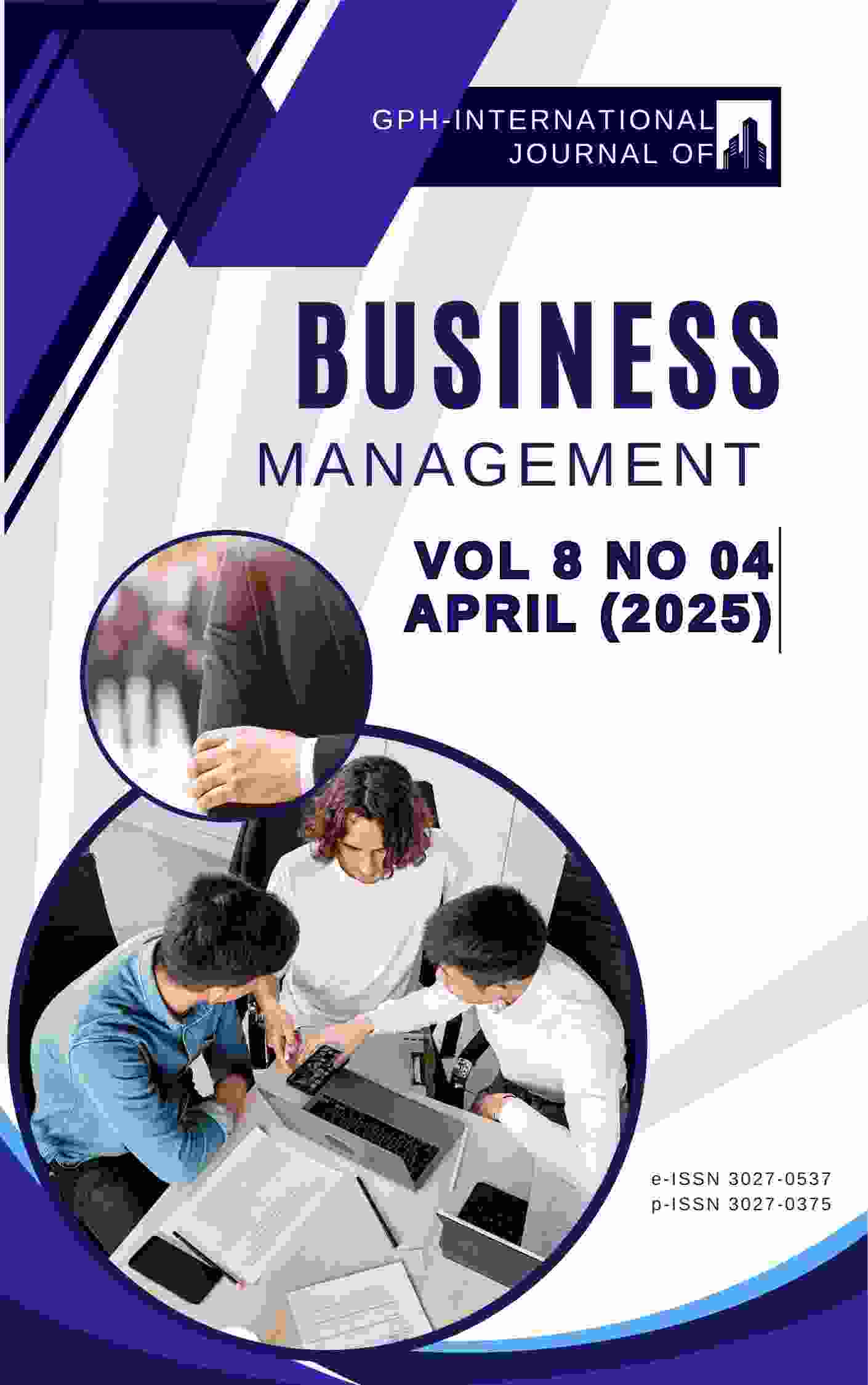SETTING ASIDE: A CASE STUDY
Abstract
Conflict is a normal aspect of organizational life, especially in environments with diverse individuals. However, when conflict remains unresolved, it can lead to emotional stress, workplace politicization, and a shift away from the organization’s mission. If responsible offices delay intervention, issues may escalate into discrimination or harassment complaints, harming both employee well-being and the organization’s reputation.. This study examines the implications of “setting aside”—a term that reflects the deferment or deprioritization of conflict-related cases. More than a procedural delay, it symbolizes systemic inaction in conflict resolution. The research highlights how such delays diminish trust in institutional processes and allow organizational dysfunction to persist. Using a scenario adapted from a completed case study, the researcher explores how delayed responses affect interpersonal dynamics and organizational culture. The findings stress the importance of timely, fair, and transparent conflict resolution mechanisms. When offices tasked with addressing conflict fail to act promptly, they inadvertently contribute to deeper divisions and long-term damage. This study aims to inform conflict management practices by advocating for institutional accountability and proactive resolution strategies that uphold organizational integrity and employee welfare.
Downloads
References
Darling J.R. & Foliasso, C.E. (1999). Conflict Management Across Cultural Boundaries: A case Analysis from a Multinational Bank. European Business Review, Vol, 99, 383 – 92.
De Bono, E. 1985. Conflicts: A Better Way to Resolve Them. London: Harrap.
Erskine, J. A., Leenders, M. R., & Mauffette-Leenders, L. A. (1998). Teaching with cases. Ivey Publishing.
Filley, A.C. 1975. Interpersonal Conflict Resolution. Glenview IL: Scott, Foresman.
House, R.J., & Rizzo, J.R. 1972. Conflict and Ambiguity as Critical Variables in a Model of Organizational Behaviour. Organizational Behavior and Human Performance, 7: 467-505.
Irving, J.L. 1971. Group think. Psychology Today, November.
Ivancevich, J.M., Szilagyi, A.D., Jr., & Wallace, M.J., Jr. 1977. Organizational Behavior and
Performance. California, CA: Goodyear Publishing.
Kirchoff, N., & Adams, J.R. 1982. Conflict Management for Project Managers. Drexel Hill: Project Management Institute.
Leiner, M. (2018). Conclusion: From Conflict Resolution to Reconciliation. In: Leiner, M., Schliesser, C. (eds) Alternative Approaches in Conflict Resolution. Rethinking Peace and Conflict Studies. Palgrave Macmillan, Cham. https://doi.org/10.1007/978-3-319-58359-4_17
Northouse, P. G. (2019). Leadership: Theory and practice (8th ed.). SAGE Publications.
NY: Xicom. Tosi, H.L., Rizzo, J.R., & Carroll, S.J. 1986. Organizational Behaviour. New York, NY: Pitman. Turner, S., & Weed, F. 1983. Conflict in Organizations. Englewood Cliffs: Prentice-Hall.
Salin, D. (2009), “Organisational responses to workplace harassment: An exploratory study”,Personnel Review, Vol. 38 No. 1, pp. 26-44, https://doi.org/10.1108/00483480910920697
Schiro, H. (2021). Managing conflict in the workplace: types and phases of conflict. Journal of Organizational Culture Communications and Conflict, 25(S4), 1-2
Stake, R. E. (1995). The art of case study research. SAGE Publications.
Thomas, K.W., & Kilman, R.H. 1974. Conflict Mode Instrument. Tuxedo, New York
William, R. (2015). Case analysis: A framework for understanding problems and solutions in
organizations. Academic Press. (Note: Placeholder – verify or update this source if it is
fictional)
Yin, R. K. (2014). Case study research: Design and methods (5th ed.). SAGE Publications.
The authors and co-authors warrant that the article is their original work, does not infringe any copyright, and has not been published elsewhere. By submitting the article to GPH-International Journal of Business Management, the authors agree that the journal has the right to retract or remove the article in case of proven ethical misconduct.




























